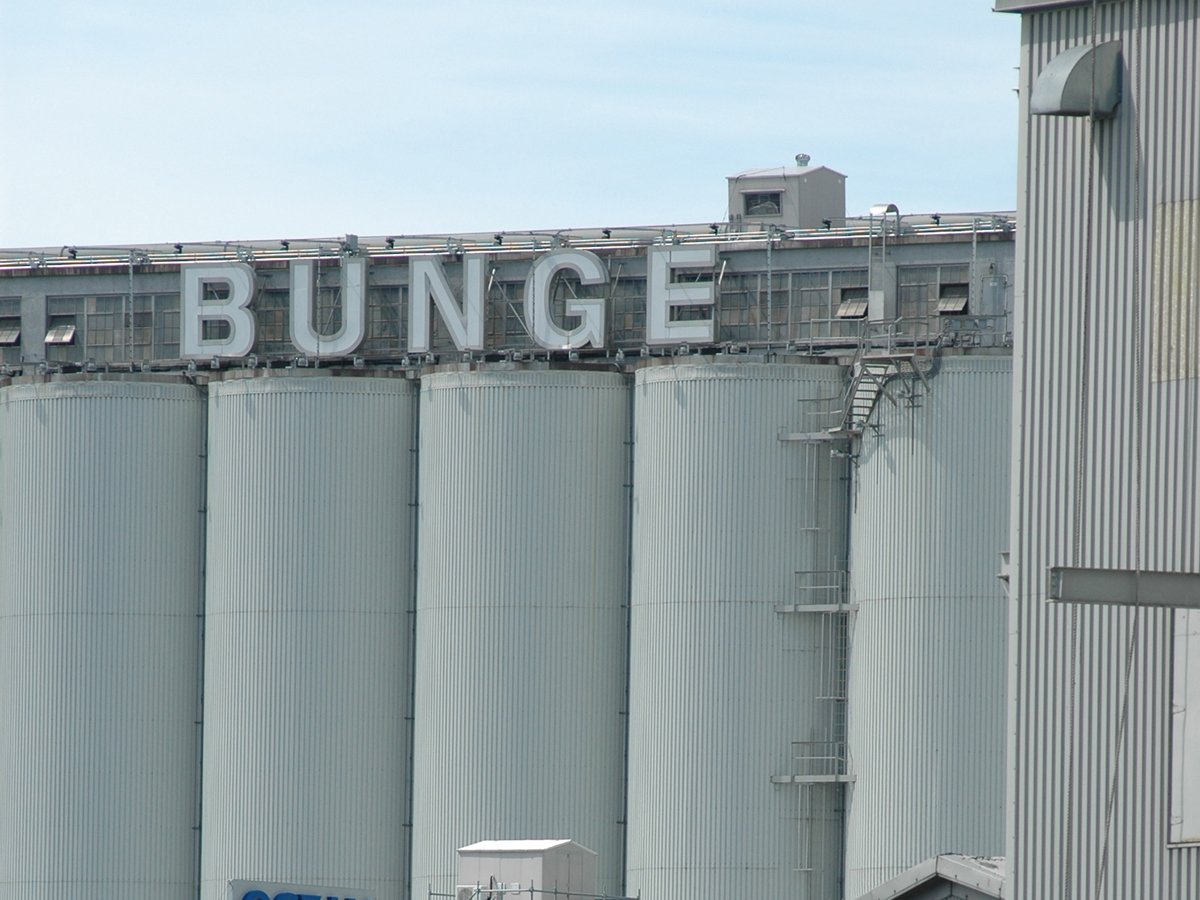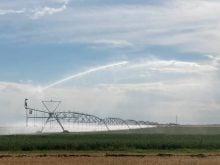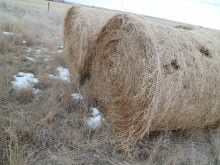Algae, which are microscopic aquatic plants, can be a problem in dugouts, sloughs and stock tanks.
“There are hundreds of species of algae and they seem to adapt to almost any environment from the boiling hot springs of Yellowstone to water bodies in the Arctic,” said Ken Williamson, agriculture engineering technologist with Alberta Agriculture.
Like any plant, they require sunlight and nutrients such as nitrogen and phosphorus. Some algae, like stringy algae found in stock tanks, are adapted to thrive in clean cold water with low nutrient levels. Others, such as the blue-green algae, prefer warm stagnant water with high levels of phosphorus.
Read Also

Bunge surpasses quarterly profit estimates
U.S. grain trader and processor Bunge Global recently reported a smaller-than-expected drop in second-quarter profit on improved oilseed processing margins.
Most algae is just an unsightly nuisance that plugs pipes and screens.
Some forms, however, can be dangerous. Some species of blue-green algae form toxins that can affect the nervous system or internal organs, such as the liver. These algae are usually most dangerous after warm, sunny weather when growth is rapid and the algae concentrates to one end of a pond.
“If algae is toxic, an animal can die within minutes of drinking from the water,” said Williamson. “The most common forms of blue-green algae look like grass clippings in the water or make the water look like pea soup.”
There are several ways to deal with this potential problem:
- Provide clean water for livestock.
- Keep an eye on surface water sources. If algae problems occur, move cattle away from the water.
- Treat the water before there is a significant amount of algae.
- After treatment of a significant algae bloom, keep livestock away for about two weeks to allow toxins to dissipate.
Treating algae bloom
The most common treatment for algae bloom is copper sulphate, or bluestone, said Williamson.
“The maximum recommended dose is 1Ú4 to 1Ú2 pound per 100,000 gallons of water (115-225 grams per 450,000 litres),” he said.
Too much bluestone will kill other aquatic life such as fish and zooplankton. Many of the zooplankton eat algae providing some natural control.
“Clearly a case of more is not better. Be careful to treat the water with the correct amount of bluestone.”
Bluestone can make the algae toxicity problem worse. It ruptures the cell wall and causes the toxin to be released all at once.
It is important to keep animals away from the water in this situation.
Hydrated lime is an alternative treatment. The lime settles the algae to the bottom and doesn’t allow the toxin to be released. Lime also precipitates most of the phosphorus in the water, starving it for the rest of the season. The down side of lime treatment is that it requires relatively large amounts and it is best done by a custom applicator.
A typical farm dugout will often need 500 to 1,000 lb. of lime.














